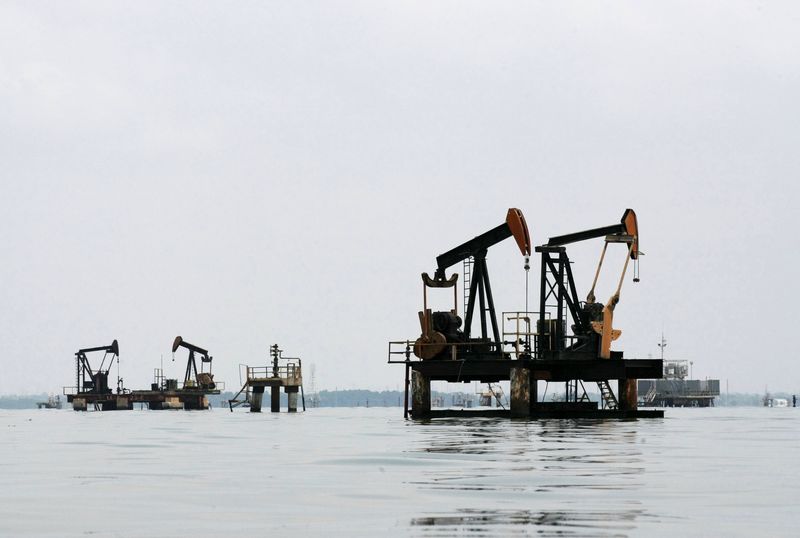By Ketki Saxena
Investing.com – As of 12:00 noon E.T., a.m WTI futures were trading at $107.34 a barrel, down $6.56 or 5.76%. Brent futures were at $111.17 a barrel, down $6.20 or 5.28% so far today.
Both benchmarks tanked earlier today on news of a 9 day Shanghai lockdown, as China, the world's largest crude importer, seems to be sticking with its zero-tolerance approach to COVID.
All firms and factories in Shanghai are to suspend manufacturing, employees must work remotely, and all public transport including ride-hailing services are to remain shut for the next nine days.
Meanwhile, global supply concerns from Russia are being somewhat mitigated as U.S. oil exports climb, with barrels of domestic oil typically put into storage at Cushing Oklahoma now being shipped abroad via the gulf coast. WTI is particularly in demand as the differential between the U.S. benchmark and Brent remains at close to a historic high. Canada also plans to increase its export of crude.
The significant drawdowns from storage in both Canada and the U.S., while boosting supply now, will likely be a concern when inventories are lower, demand is at full strength, and when U.S. and Canadian oil infrastructure undergoes annual maintenance in the spring.
It also remains to be seen how significantly U.S. and Canadian producers can be incentivized to invest in production and growth at a time they have prioritized paying down debt and dividends to investors. In addition, the regulatory environment for fossil fuels remains unfriendly and at best uncertain in both countries.
OPEC+ meanwhile, the greatest determiner of global oil supply and prices, steadfastly refuses to increase production, a stance it is likely to resolutely maintain at its meeting this Thursday meeting.
In Russia, exports have dropped significantly - over 25% compared to last week, as per Bloomberg data - while production remains little changed. Apart from the formal embargos by the U.S. and U.K, many buyers are refusing to purchase Russian oil. However, India and China remain major buyers of Russian crude, and Russian exports to Asia have increased since the onset of the crisis.
